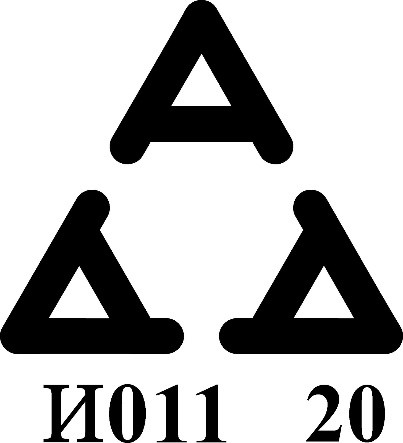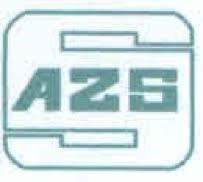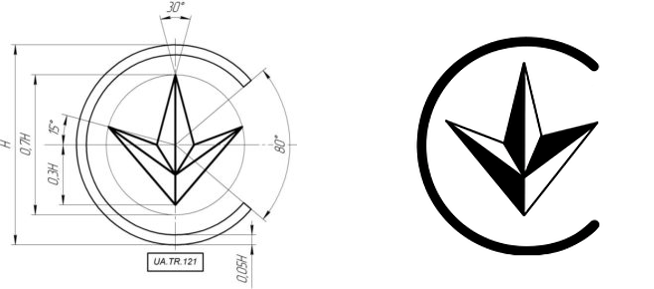Ukraine: Summary of NCCIR Approval Process
The NCCIR or NKRZI (National Commission for the State Regulation Communication and Informatization) is the Ukrainian regulatory authority in the areas of telecommunications, informatization and the use of radio frequency resources. Within these areas, the NCCIR has the power to act as a licensing, authorizing and regulatory body as well as a state supervisory body.
Ukrainian Regulations are defined in Ukrainian Decree N 355. The Technical Regulation is based on and has many similarities to the Radio Equipment Directive (RED) 2014/53/EC of the European Parliament and of the Council of 16th April 2014 on the harmonization of the laws of the Member States. Therefore, to gain access to the Ukrainian market it is required to have the EU Type Examination Certificate beforehand.
Ukrainian Standards where the Technical Requirements are addressed are available.
The typical lead time for getting NCCIR Ukrainian Approval is 4 weeks.
NCCIR Label Requirements
The UA TR Conformity Mark is mandatory in order to show compliance with Ukrainian Technical Requirements. The conformity mark must be visible, legible, included in the User Manual and comply with Ukrainian requirements (such as measurement, colour…). The size, shape and other technical requirements for the application of the conformity mark are defined by ISO 2296.
Article 15 of the "Law on Consumer Protection” № 1023-XII" contains the label requirements. This information is provided in Ukrainian language.
The conformity assessment symbol can be found below:
Serbia: Summary of RATEL Approval Process
The Regulatory Agency for Electronic Communications and Postal Services (RATEL) ensures the efficiency and quality of communications in the Republic of Serbia. RATEL implements legislation and regulatory framework.
This national approval is issued by the notified body “Republic Agency for Electronic Communications” or a suitably Accredited Body.
The technical requirements set out by RATEL’s Approval Process are taken from the 2014/53/EU European Directive, therefore testing according to RED and EU Type Examination Certificate is needed as part of the technical file. In fact, the technical file for RATEL’s Approval is the same as the one used for the 2014/53/EU RED Directive requirements. No in-country testing is needed, however, a local representative shall be provided to apply for RATEL’s approval. The typical lead time for getting RATEL’s Approval is 6 weeks.
RATEL Label Requirements
The Serbian conformity mark is called "Triple A". If possible it must be placed directly on the product, on the plate that is placed on the product, or on the packaging of the product. Lastly, if none of the above options are possible, the conformity mark can be placed on the documentation that comes with the product (user manual, warranty, etc.).

The mark itself needs to be black and no less than 5 mm high.
The first set of digits on the label, below the triple A mark, contains a unique identification number provided by the Conformity Assessment Body (CAB) that issued the certificate. It will be in Serbian and made up of the Cyrillic letter И followed by the CAB’s number.
The second set of digits shows the last two digits of the year the certificate was issued.
Azerbaijan: Summary of AZS & MINCOM Approval process
The AZS Certificate of Conformity (CoC) is a mandatory document required for the customs clearance in the Republic of Azerbaijan in order to certify that all products sold in Azerbaijan comply with the Safety requirements of the National Certification System.
In-country testing is not required for the AZS CoC approval and a Local representative is required. The validity of the AZS CoC is one year.
Telecom and radio equipment are regulated by The Ministry of Transport, Communications and High Technologies, which includes telecom and radio equipment devices.
This approval can be issued based on the submission of documents and/or the testing of samples. In addition, the MINCOM Certificate can be obtained solely through the submission of documents, as long as these documents include international certificates and test reports.
The validity of the MINCOM Certificate is one year and a Local Representative is required to obtain it. The typical Lead Time to obtain the MINCOM Approval is 2-3 weeks.
AZS & MINCOM Label Requirements
There isn’t a mandatory mark/label for the products certified under the AZS approval. In the event that certified equipment is marked voluntarily, the following procedures and rules must be followed:
- The dimensions of the AZS Marking label are determined by the manufacturer (supplier) authorized to use it. Its base size must be at least 5mm.
- Dimensions of the unified AZS Marking must guarantee that its elements are accurate and visible, without any visual aids, against the common color background of the object.
- The unified label may be made by any means as long as it is clearly and accurately visible throughout the useful life of the product.
- The Azerbaijan AZS Marking label must appear on each unit, package or accompanying documentation of the product.
- The image of the AZS Marking must be single-color and contrast against the color of the surface it labels.
- The product, its packaging and the accompanying documentation must be labeled with the AZS mark.

There isn’t a mandatory mark for products certified under MINCOM approval.
